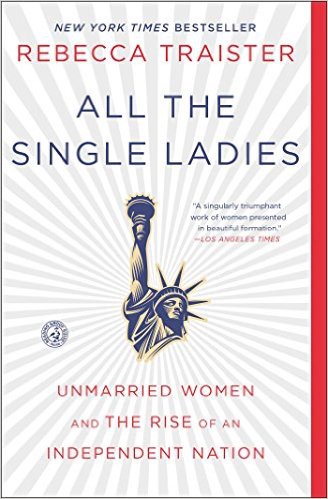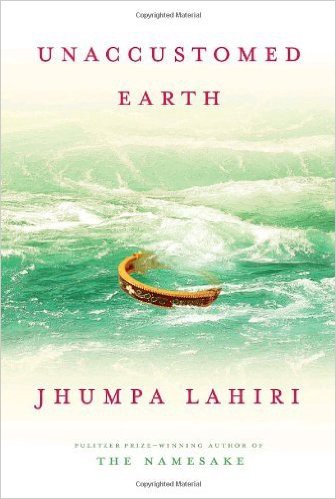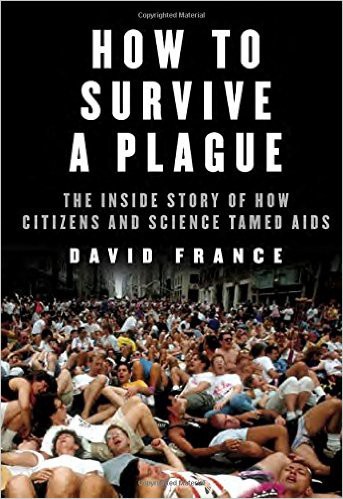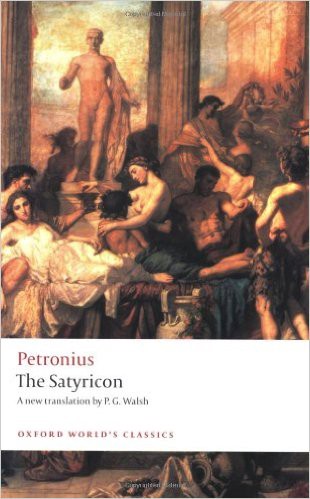Ah, literature. If you read the physical and/or Web pages of this magazine, you will be familiar with some of its many benefits. Enhanced ability to read emotions. Academic achievement. Decreased racist sentiment. Read to be a better person. Read to be a smarter-sounding person. “Think before you speak. Read before you think.” That’s not me, that’s Fran Leibowitz (see? Already, it works its magical powers).
Here at Pacific Standard, we spend a lot of time reading before thinking before publishing (and so forth). And though we’re a magazine, we save plenty of time for the longest form too. Just check out our books coverage.
But we don’t always write about everyone we want to. Below, members of the Pacific Standard staff share the books that made us better, more informed and engaged people this year—published in the last 365 days and otherwise. Happy scrolling, page-flipping, and, of course, thinking.


All the Single Ladies: Unmarried Women and the Rise of an Independent Nation, by Rebecca Traister
I had to read this book with my phone by my side—every 15 minutes, I’d learn a new fact I wanted to text to my group chat of female college friends. I knew they would be interested because Rebecca Traister’s exploration of the rise of unmarried, adult, female life applied to nearly all of us. For those of us who are the children of immigrant mothers who had had little choice in their marriages—even in the very fact that they had to get married—it was especially potent to read about how hard earlier Americans had fought for policies that would help them to live independent lives stateside.
All the Single Ladies also made me think about the 2016 presidential election in a new way. In the end, the candidate who won generally didn’t support the kinds of laws that protect women’s freedoms. He opposes the Affordable Care Act, which mandated that insurance companies cover long-acting contraceptives; his parental leave policy is much more restrictive than his former opponent’s, as it excludes fathers. Unmarried women are a rising political force, as Traister demonstrates, but apparently a candidate speaking for more of their collective interests wasn’t appealing enough this time. It remains to be seen how they—we—will wield that power in the future. — Francie Diep, staff writer

Unaccustomed Earth, by Jhumpa Lahiri
Jhumpa Lahiri broke her own mold this year with In Other Words, an exploration of her love affair with Italian written partly in that language (Lahiri’s readers will recognize that she usually writes in exacting English). But in 2016 I was instead drawn to older, more typically Lahiri fare—Unaccustomed Earth, a collection of short stories about Indian Americans. The anthology primarily illustrates transactions in relationships between family members, friends, and lovers, and their attendant lies. All the while, characters experience the complexity of Indian-American identity as naturally and untheatrically as they encounter complications of everyday life, from parenthood, to ambivalence about marriage, to the creep of addiction. With phrases like “identity politics” so fraught these days, books like Lahiri’s remind us that behind all these abstract discussions lie distinct—and in her hands, beautifully rendered—day-to-day lives. — Elena Gooray, associate editor

How to Survive a Plague: The Inside Story of How Citizens and Science Tamed AIDS, by David France
I’m going to recommend a book this year that I’m only partially finished with. Published at the end of November, just in time for World AIDS Day, How to Survive a Plague instantly sold out from my local bookstore. Perhaps it was the heartbreaking excerpt that ran the previous week in New York magazine, where author David France has been a longtime contributing editor since making a name for himself as one of the most unflinching reporters on the AIDS crisis. Or perhaps it was because, as much as we like to pretend otherwise—with our slow-moving recognition of LGBT rights in the United States, where it’s still legal in many states to fire someone based solely on his or her private sexual preferences—this is still relatively recent history. Even if you think you don’t know anybody who was personally touched by the virus that spread through New York City in the 1980s, you probably do. Read this book, based on France’s documentary of the same name from a few years back, and hear their stories. We believe here at Pacific Standard that storytelling has the power to improve the world, to inspire empathy, and to change hearts and minds; this book is confirmation of that. —Nicholas Jackson, editor-in-chief

Women Who Run the Show: How a Brilliant and Creative New Generation of Women Stormed Hollywood, by Mollie Gregory
In the past few years, a great deal of fuss has rightfully been made about the lack of female directors and behind-the-scenes professionals in Hollywood. If the industry were making a film about its 2015 (or was it 1998?) percent of women directors, it would be called Back to the Future IV (and probably helmed by an up-and-coming male director, hot off his Sundance mumblecore debut). But what actually turns the wheels of a massive $29 billion industry? Mollie Gregory’s Women Who Run the Show, comprising over 125 interviews with some of the first women behind the scenes over a transformative 27-year period in Hollywood, offers some tantalizing clues.
Chapters are cheekily titled with quotes from women’s testimonials (“Get Me a Woman!,” “Getting on the Yellow Brick Road—Producing for Television”); contributors include some of the biggest players in the industry. The upshot? Women supporting women always helps—as does pressure from the media and hiring trends. This is essential reading for anyone who cares about the on-the-ground work required to make businesses more equitable; and the challenges that lie ahead for women who make movies. —Katie Kilkenny, associate editor

Thirteen Ways of Looking, by Colum McCann
The New York Times once described Colum McCann as “a writer of power and subtlety and beauty.” If that’s somewhat generic, unctuous praise, it doesn’t make it false. McCann’s appeal lies in his ability to make the mundane seem anything but; no wonder, then, that he borrowed his title from a Wallace Stevens poem that is itself a meditation on the elegance of everyday life.
This is a somewhat more morbid collection compared to McCann’s previous work; tragedy is woven into every story. But there’s also an unmistakable (if subtle) glint of human connectedness and compassion throughout. The E.M. Forster classic Howard’s End begins with the simple maxim, “Only connect.” I’m not sure there’s a writer who better encapsulates that credo than McCann. — Max Ufberg, associate editor

The Satyricon, by Petronius
This year saw spirited disagreement over whether the 2016 election more closely resembled a.) a garbage-fire or b.) a painting by Hieronymus Bosch. You were all hopelessly wrong: The richer field for comparison is Petronius’ Satyricon, a brilliant and smutty picaresque that casts the Roman Empire under Nero as a complex of xenophobia, jealousy, deceit, conspiracy, and mob violence, characterized by garish, wealthy monsters, the triumph of superstition over science, and a general decay among morals, intelligence, and norms. There is a long and entertaining essay to be written about parallels between Petronius’ novel and the current political cycle—I’d recommend pitching it at 2,000 words to the Paris Review or, if you’re Andrew Sullivan, at 8,000 words to New York magazine.
Runner-up: Antony & Cleopatra, by William Shakespeare
Time cannot wither nor custom stale the infinite variety of Cleopatra, but 2016 was another story: Let us thank God it is over. P.S. We are all Enobarbus now. —Ted Scheinman, senior editor





